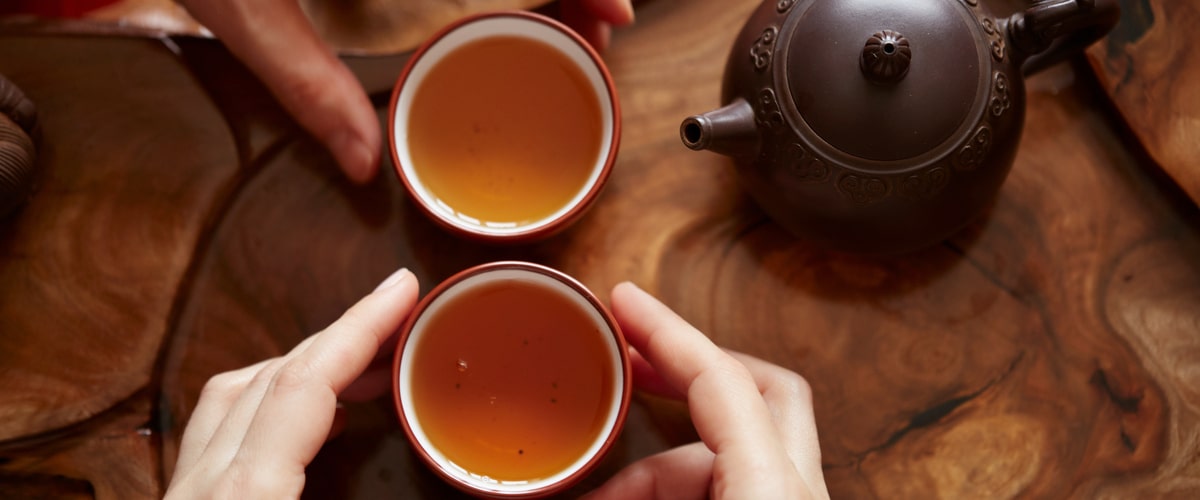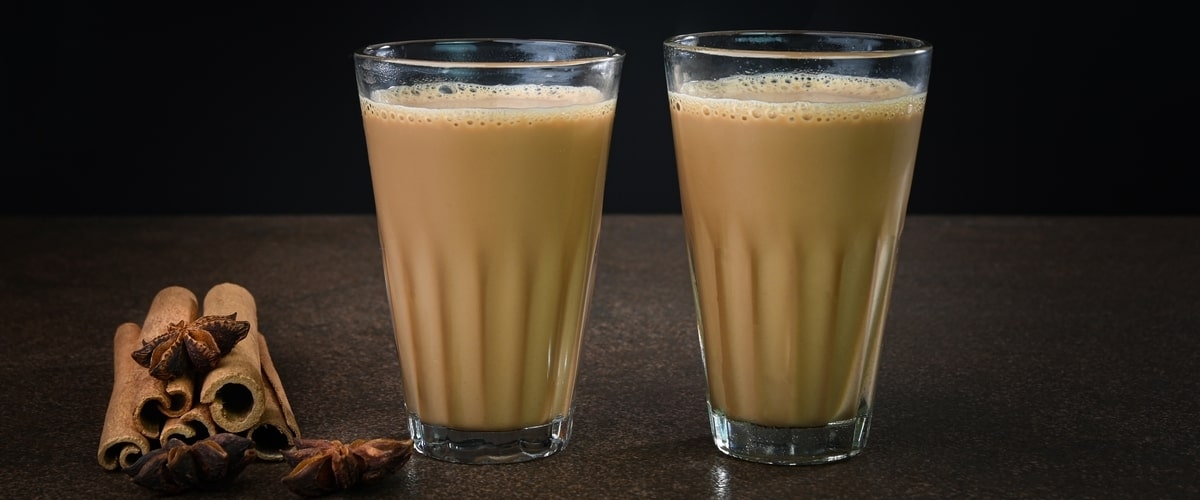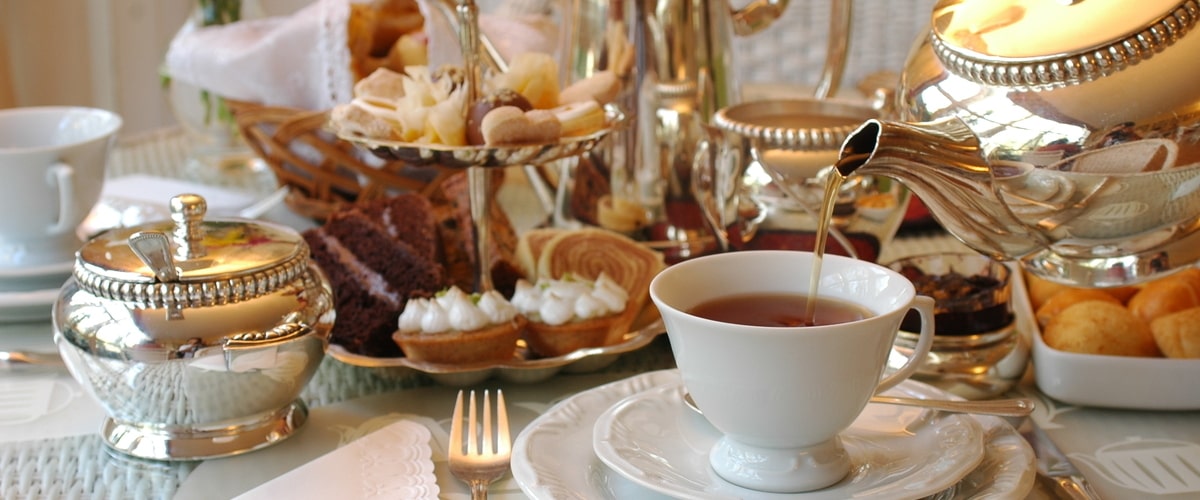A Journey Through Tea: Exploring Varieties, Flavors, and Rituals
Category : Food Stories, Party Ideas, Recipes, Press Room |
Posted : May 6, 2024
There's something inherently soothing about a cup of tea—it's more than just a beverage; it's a gateway to a world rich in tradition, culture, and indulgence. From the steeped hills of Ceylon to the ancient traditions of the Far East, tea has been a companion through moments of calm and contemplation for centuries. In this comprehensive exploration, we'll venture through a global map of tea cultures, offering you a passport to the varied traditions, diverse flavors, and beloved rituals of tea-drinking communities worldwide. Brush up on these cultural notes, steep a cup of your favorite blend, and get ready to take a sip of traditions from around the world.
Tea Cultures Around the World
Chinese Tea Culture
The birthplace of tea, China's relationship with the humble Camellia sinensis plant is the keystone of its complex and ancient culture. With tea being more than a mere drink, it's woven into the country's social fabric and spiritual practices.
Types of Tea: China is home to a breathtaking array of teas, from the crisp and green Longjing to the smoky and robust Lapsang Souchong. Each variety is steeped in history and carries the essence of the region where it's grown.
Tea Ceremonies and Rituals: The Chinese tea ceremony is a choreography of grace, each movement chosen to enhance the tea-drinking experience. From the precise pouring of the water to the gentle whisking of leaves, every step is part of a meditative art form.
Japanese Tea Culture

Land of the Rising Sun, Japan is known for its precision and minimalist beauty. These values are embodied in the Japanese tea ceremony, a zen-influenced practice known as Chanoyu.
Matcha and Its Traditions: High-grade powdered green tea served in bamboo-whisked froth, matcha is the star of the show, enjoyed during elaborate tea ceremonies and as part of everyday life.
Zen Influence on Tea Preparation: Chanoyu reflects Zen Buddhism philosophy, where each tea ceremony is a chance to find inner peace and harmony. The focus is on the mindfulness of each gesture, ensuring that even the simplest act has the potential for aesthetic and philosophical depth.
Indian Tea Culture

India, a land of spice and color, has crafted its own unique relationship with tea, most notably with its globally renowned Chai and the subtler, complex teas of Darjeeling and Assam.
Chai Traditions: Chai, a blend of black tea, milk, and spices, is a staple across the Indian subcontinent. A bubbling cauldron of Chai in the streets of Mumbai is a sensory delight, and its preparation a symphony of spice and aroma.
Assam and Darjeeling Teas: The vast gardens of Assam produce a strong, malty tea, while the slopes of the Himalayas in Darjeeling yield a light, almost muscatel brew, contrasting like the landscapes they originate from.
British Tea Culture

A legacy left during the days of the British Empire, tea culture in Great Britain is defined by the enduring tradition of Afternoon Tea and an approach to tea that's elegant and intricate.
Afternoon Tea Customs: A quintessentially British affair, Afternoon Tea is a lavish spread of sandwiches, scones, and pastries, all made to be enjoyed with copious amounts of tea in the mid-afternoon.
Tea Etiquette: From the preferred manner of stirring your tea to the correct way to hold your cup, British tea etiquette is a formal dance of rules and rituals, underpinned by a respect for tradition and ceremonies of old.
Moroccan Tea Culture
A beacon of hospitality in North Africa, Morocco's iconic mint tea is as much a part of its landscape as the shimmering Sahara. Tea preparation is a communal activity, an expression of social connection and status.
Mint Tea Preparation: The art of pouring Moroccan tea, also known as 'Atay,' is just as important as its brewing. Sweet, fragrant, and warming, the flavor of Moroccan tea is as unforgettable as the pour.
Social Significance: Pouring tea in Morocco is not just a gesture; it's a statement about the value of company and the importance of making others feel welcome.
Russian Tea Culture
In the heart of a vast and unforgiving land, tea has become a symbol of warmth and survival. The Russian tea tradition is based on the concept of 'poshlost,' which translates to deep comfort from a safe and warm place.
Samovar Tea Brewing: The centerpiece of Russian tea culture is the samovar, an ornate urn that keeps brewing water available at all times, in a homey display of perpetual readiness.
Tea as a Hospitality Symbol: To refuse a cup of tea in Russia is to refuse hospitality itself. The samovar’s whistle signals a warm welcome, and the act of tea-pouring a shared experience meant to bond friends and guests.
Encouraging Engagement
The tapestry of tea culture is as wide and varied as the types of tea available. It's a reminder that the world is a rich and diverse place, and that every cup of tea can tell a story. If you're looking to enrich your tea-drinking experience with flavors from around the globe, consider exploring Marky's Gourmet Tea Collection. With an exquisite range that spans continents and traditions, you're sure to find a blend that resonates with you. Take this blog post as an invitation to not just sip on tea, but to savor the nuances of its culture. Embark on your tea journey with Marky's Gourmet Tea Collection and discover the world, one cup at a time. - Cheers to tea culture!













